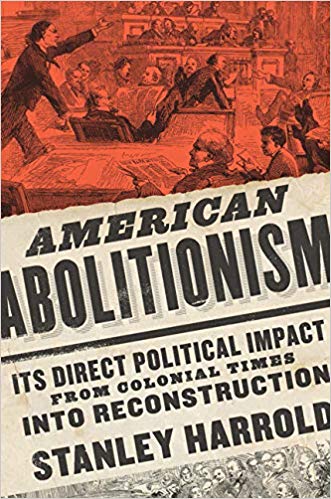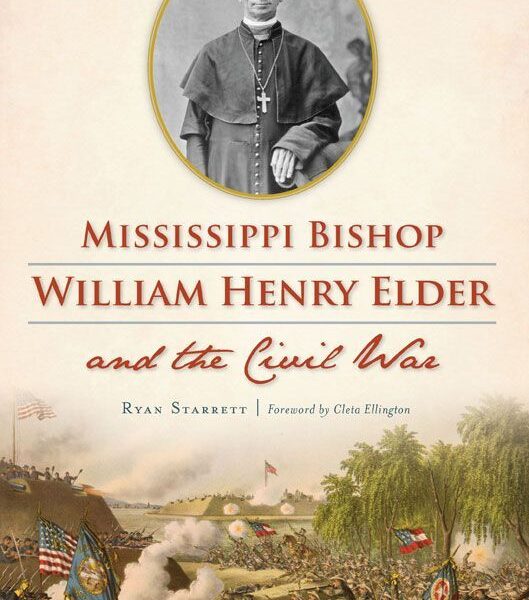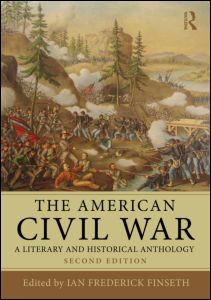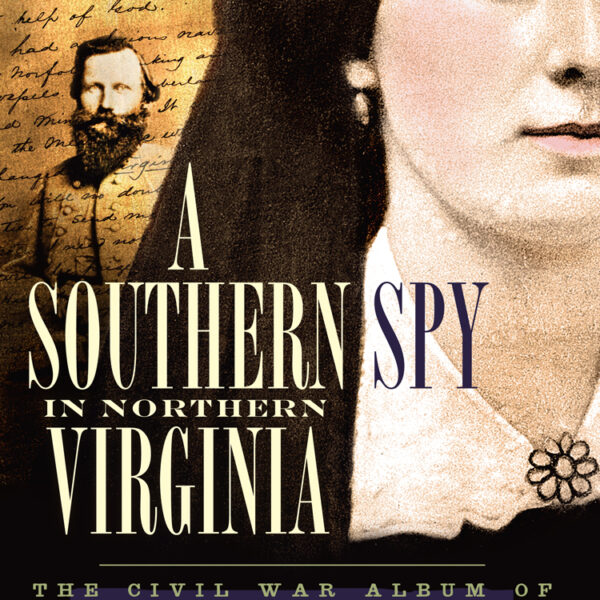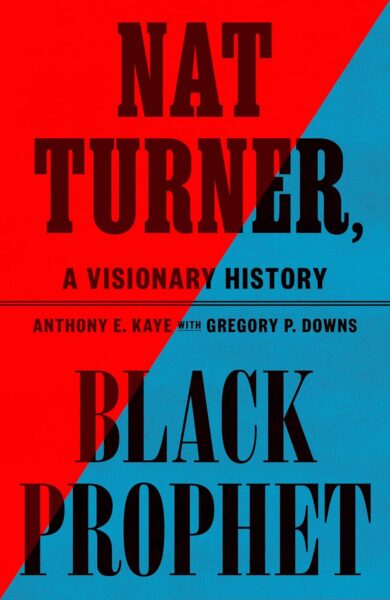To what extent did the abolitionist movement bring about the end of slavery in the United States? For a century a half historians have debated this question. Historians have examined the direct and indirect impact of the abolitionist movement on American politics and government, yet there is little consensus on its success. Scholarship has fallen into two camps: those who argue that abolitionists forced politicians to take a firm stance against slavery; and those who contend that abolitionists had little influence on antislavery politicians who were supposed to be their closest allies.
American Abolitionism: Its Direct Political Impact from Colonial Times into Reconstruction takes a new approach to answering this complicated question by examining the direct political influence of the abolitionist movement from the colonial era to Reconstruction. Harrold is not the first historian to do this, but the chronological scope of the book and its laser focus on politics sets it apart. By covering this expansive chronology, American Abolitionism “emphasizes rupture as well as continuity. It carefully differentiates between abolitionists and the antislavery politicians they engaged. It clarifies not only the impact of abolitionists on politics and government but the impact that politics and government had on abolitionists” (11).
In eight chronological chapters Harrold covers the political activities of the abolitionist movement. The book begins by examining seventeenth- and eighteenth-century abolitionist efforts to end the Atlantic slave trade and slavery in the north. Abolitionists’ success in ending slavery in the northeast had profound political consequences, as it produced the North-South sectionalism that would eventually plunge the nation into civil war. Subsequent chapters discuss abolitionist efforts to influence politicians during debates over the Missouri Compromise and to end slavery in Washington, D.C. Harrold delves into the petitioning campaigns of immediate abolitionists like William Lloyd Garrison during the 1830s, who encouraged Americans to flood Congress with petitions demanding the immediate end of slavery. While the petitions were unsuccessful, Harrold contends that they did have a political effect, as they galvanized southern proslavery politicians to pass rules—such as the 1836 Pinckney Gag—that prohibited the House from entertaining any petitions related to slavery or the abolition of slavery. Through their petitioning, lobbying, forging relationships with northern politicians, and physical actions, abolitionists effectively made slavery a national issue and exacerbated sectional tensions.
As the debate over slavery intensified, abolitionists disagreed over the most effective way to end slavery. The movement split into four different factions, in part because of a dispute over whether abolitionists should engage directly in electoral politics. Throughout the remainder of the book, Harrold deftly probes the interplay between these different factions and antislavery politicians, and their influence on pivotal events such as the annexation of Texas, the Compromise of 1850 and the Fugitive Slave Law, the Kansas-Nebraska Act, John Brown’s Raid, and the rise of the Republican Party. In the concluding chapter, Harrold investigates the political impact of abolitionists during the Civil War and Reconstruction, and in particular their efforts to promote emancipation and secure voting rights for African-American men.
One of the strengths of American Abolitionism is its ambitious chronological scope. By surveying the political sway of the movement across the seventeenth-, eighteenth-, and nineteenth- centuries, Harrold highlights the continuities in abolitionist tactics. In so doing, the book gives coherence to a complex and oftentimes unwieldy movement. Petitioning, lobbying, fostering relationships with antislavery politicians, and direct physical action against slavery were hallmarks of abolitionists’ political engagement. Harrold deftly delineates the ebb and flow of the use of these tactics by abolitionist groups. During the late 1830s and early 1840s, for example, abolitionists like Joshua Leavitt and Theodore Weld relied heavily on lobbying antislavery politicians such as Seth M. Gates, Joshua R. Giddings, and William Slade, along with more moderate politicians such as William B. Calhoun and John Quincy Adams. These efforts at creating connections with antislavery politicians were hampered, however, by radical political abolitionists who believed in direct engagement in electoral politics and formed the Liberty Party. The Liberty Party castigated antislavery Whig politicians who placed loyalty to their party, which included proslavery politicians, above taking a hardline on the issue of slavery. During the 1850s, on the other hand, abolitionists found that physical actions such as guiding fugitive slaves to freedom and John Brown’s violent attack on slavery at Harper’s Ferry had a more profound effect on sectional politics than lobbying Republicans or forming political parties.
So how politically influential was the abolitionist movement? According to Harrold, the answer is complicated: “the truth regarding abolitionist impact lies between full success and complete failure…It was the abolitionists’ longstanding tactics of petitioning, lobbying, direct personal contacts with antislavery politicians, and physical action that profoundly influenced the course of American history” (179). Yet Harrold does not overstate his case. While the political maneuverings of abolitionists were certainly important, he notes that “the long sectional war, black resistance during the war, the realization by Lincoln and members of Congress that fighting against slavery was bound to weaken the Confederacy, and the need for black Union troops had more impact than abolitionists in shaping U.S. emancipation policy” (181).
Anyone who is interested in the intricacies of the abolitionist movement and its political successes and failures will not be disappointed with American Abolitionism. Harrold provides a highly nuanced and detailed account of the disagreements between abolitionist factions and their tactical successes and failures at shaping American politics.
Dr. Ashley Towle is a lecturer in history at the University of Southern Maine.
Related topics: African Americans, emancipation
